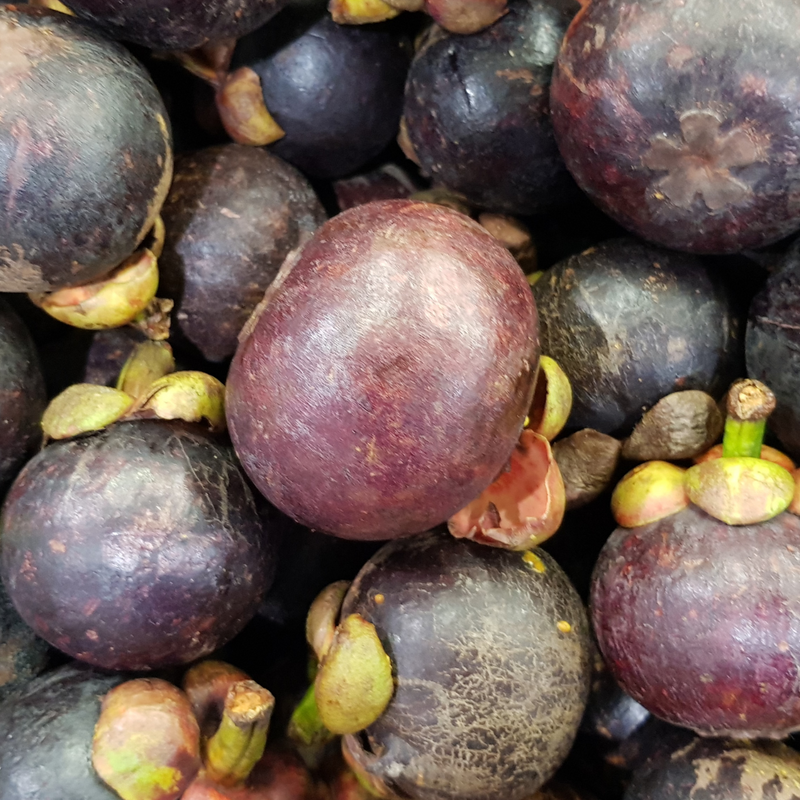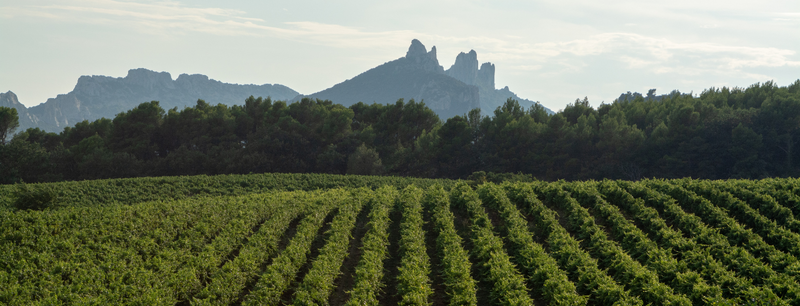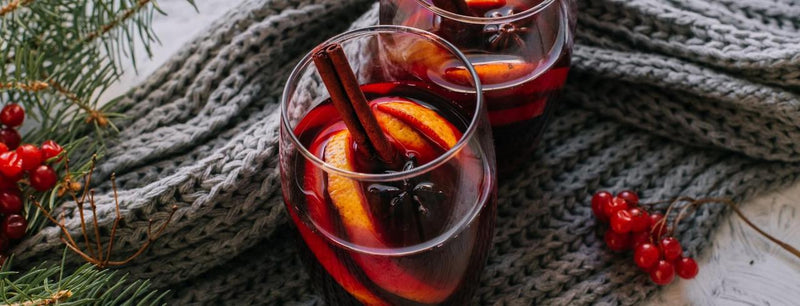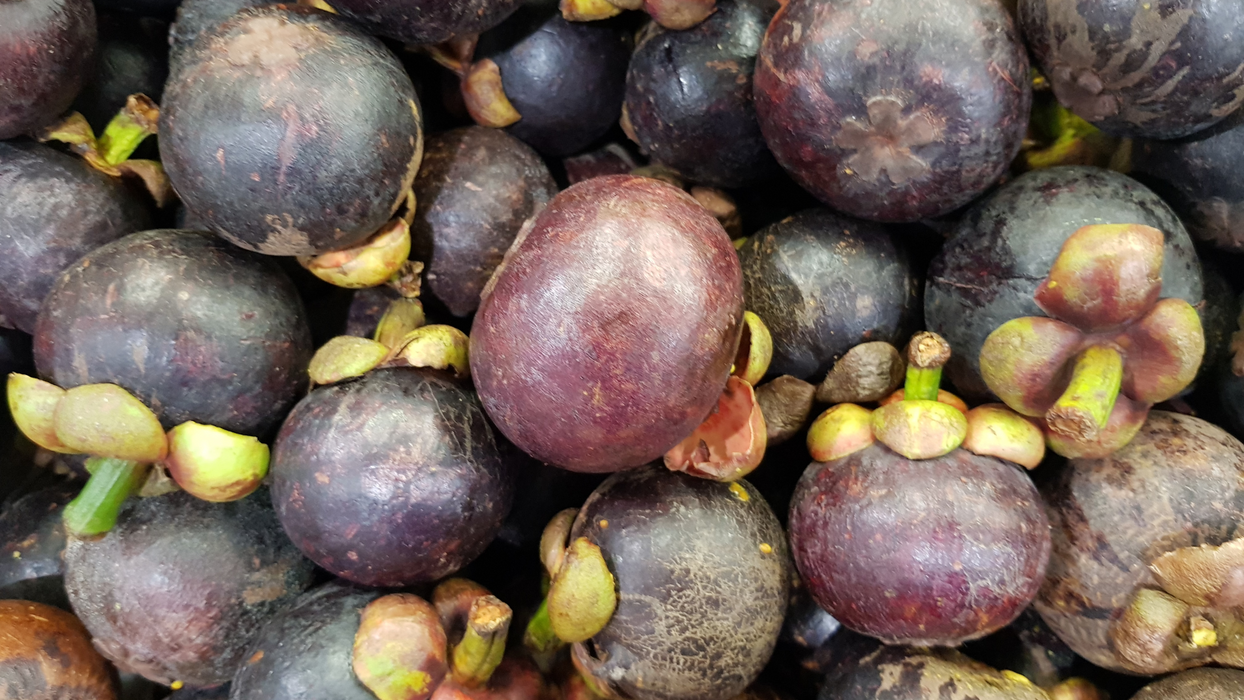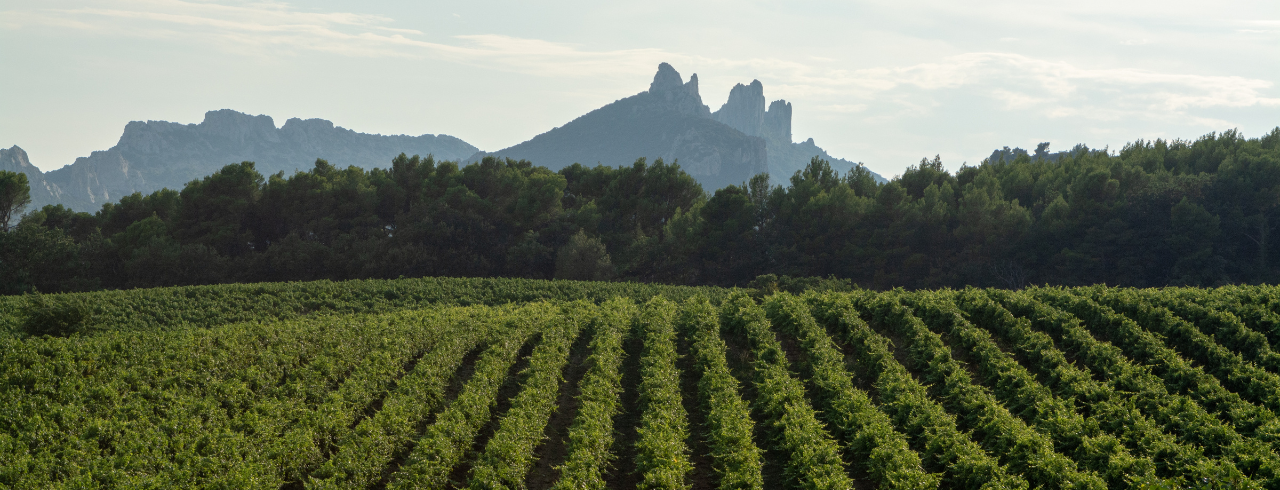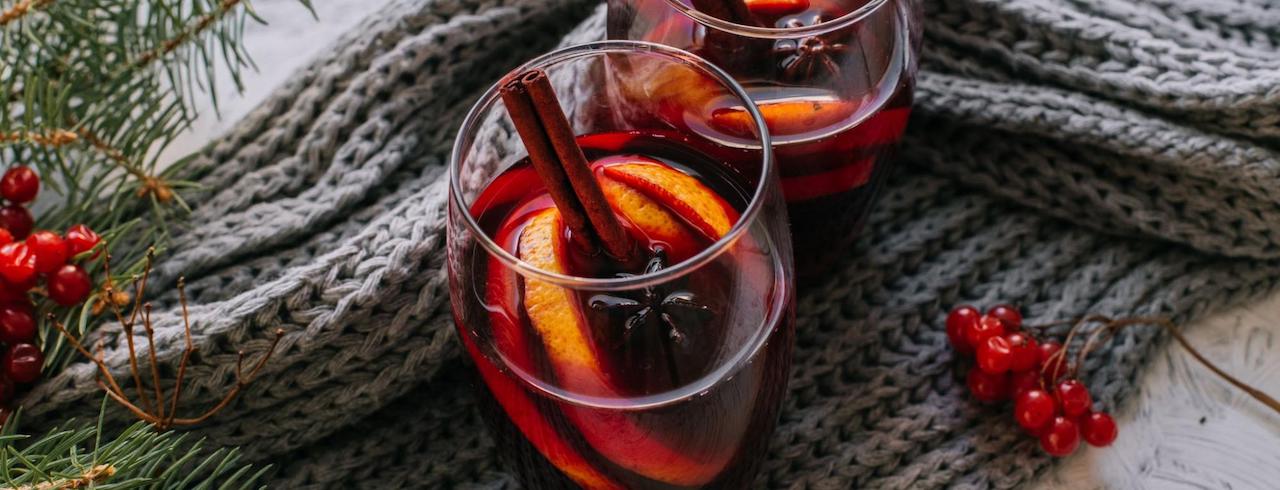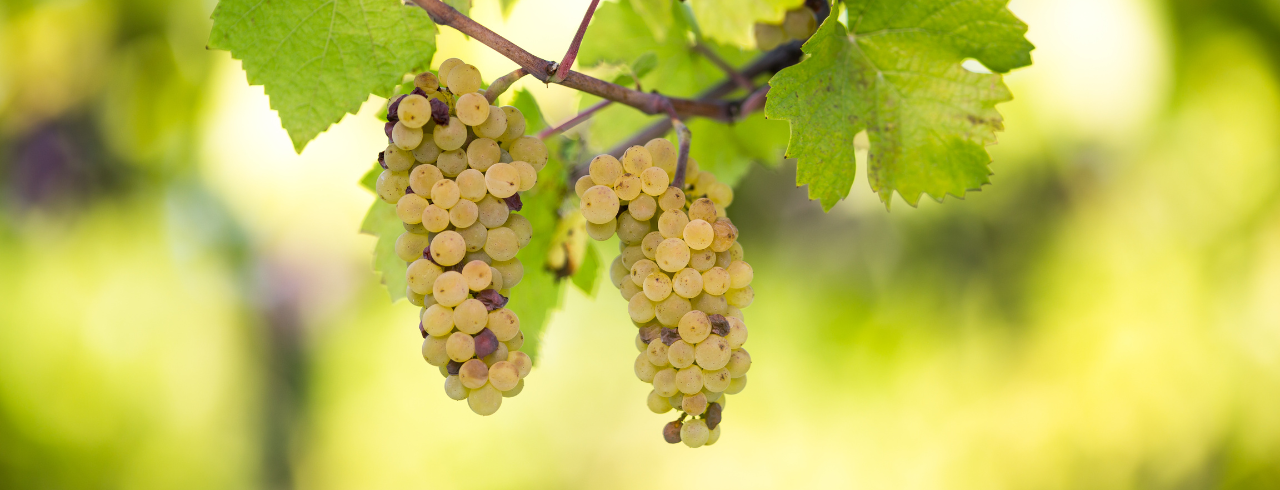
Unpacking Trebbiano: A White Wine and Cognac Grape
It’s more than a grape. It’s a family.
Trebbiano refers to a collection of hardy white grapes grown all around the world. While the name might not be as familiar as Chardonnay or Riesling, Trebbiano grapes are cultivated all along the coasts of the Mediterranean and abroad.
Trebbiano grapes go by many names — they’re known as Ugni Blanc in France, Falanchina in parts of Italy, Talia in Portugal, and White Hermitage in Australia.
While these grapes are mostly used to produce simple single-variety spirits, they’re capable of much more. Trebbiano is a family of incredibly versatile grapes, making up a third of Italy’s white wines. They also play an integral role in creating white wine blends, brandy, and balsamic vinegar.
Read on to learn all about this historic family of hardy grapes.
History
The Trebbiano is a family of high-yield grapes believed to have originated from Southeastern Europe and gained widespread recognition during the reign of ancient Rome.
Pliny the Elder, a Roman philosopher, and naturalist wrote about a specific vine, referring to it as a vinum trebulanum. Directly translated, the term means “vigorous shoot,” and it’s thought by modern-day experts to relate to the Trebbiano grapes we grow today.
Over seven hundred years ago, another variety of grape began growing around Bologna, Italy. It quickly spread across the Mediterranean region, finding a home in France where it was referred to as Ugni Blanc.
In the span of a few decades, Trebbiano grapes grew from relatively unknown varietals to the dominant vines in many Italian and French vineyards. The Ugni Blanc is still the most popular white wine grape in France and can be found across the Mediterranean coast.
Geography
Teeming in vineyards across the Western Mediterranean, the Trebbiano varieties predominantly lay claim to the Old World. Though you can find these grapes growing in New World wine countries like Argentina, Uruguay, and even Australia, the vast majority are grown in Italy and France.
In Italy, most are planted in Tuscany and Marche, with 55,000-hectare vineyards sprawling across the country landscape. In France, where the grapes go by Ugni Blanc or clairette ronde, there are over 90,000 hectares of vineyards used primarily for white wine and brandy production.
Bunches are usually long and large, with adaptable, vigorous vines and late-ripening berries. Trebbiano Toscano, the most popular varietal of the Trebbiano family, usually grows with a high bunch weight and good fertility.
To identify Trebbiano Toscano out in the vineyard, check if the tips of the grape clusters are split in two. If they are, you’ve likely got a Trebbiano Toscano.
Tasting Notes
The Trebbiano family is home to hardy grapes. Bite into one and you’ll taste high acidity levels with subtle aromas of apple and tropical fruits. The wines produced from Trebbiano Toscano are crisp, light-bodied, and bursting with acidity, similar to an un-oaked Chardonnay.
While the flavors in its table wine are milder than other varietals, Trebbiano grapes are very popular in creating Cognac. The white wine produced by a Trebbiano comes with high acidity, low sugar, and strong disease resistance — perfect for a Cognac base.
Its neutral aromas and innate acidity provide a perfect foundation for brandy. The acidity acts as a natural preservative, elongating the shelf life of the spirit and giving each sip an extra citrus dimension.
Aging Potential
In general, Trebbianos like to be consumed in their youth while their subtle fruit flavors are still well balanced by the natural acidity bursting from the grape.
Trebbiano Toscano and Trebbiano d’Abruzzo wines can be an exception — the top bottles can mature well in a cellar up to eight or ten years, retaining those punchy fruit flavors.
Some winemakers will leave the skins of the Trebbiano grapes on during fermentation, just like red wine grapes. During maceration, the mixture develops a distinctive orange huge, creating an orange wine. Despite its unique color, this form of Trebbiano wine retains the flavor characteristics of its white siblings.
Pairing
The crisp flavor profile of a Trebbiano contrasts creamy dishes like Fettucine alfredo, risotto, and spaghetti carbonara. It also works well as a complement to already acidic dishes like fresh bruschetta.
For meaty entrees, a Trebbiano wine goes best with classic, uncomplicated Italian dishes like pan-fried white fish, roasted turkey and vegetables, or mussels drizzled with lemon and a fresh salad tossed with Italian vinegarette.
Recommended Bottles
If you’re looking for a balanced blend of fruit and flora, look no further than our 2019 L’arca Trebbiano D’Abruzzo. Grown on the hilly slopes of Abruzzo in the Mediterranean, this wine has a crisp body and hearty structure, delivering a mouthwatering mixture of citrus flavors and wildflower aromas.
Taste a Trebbiano with Wine Insiders
If you’re looking for a young white wine to enjoy with friends, there are few better options than a Trebbiano. Dry, crisp, and infused with subtle citrus aroma, a Trebbiano Toscano or d’Abruzzo can turn into a night into a memorable one.
To discover more about the wondrous grapes that make our wines, read through our grape profiles on our Wine 101 page.
If you find yourself wanting another white wine, browse through our ever-growing catalog, along with reds, sparklings, every any other wine your palate could dream of.
